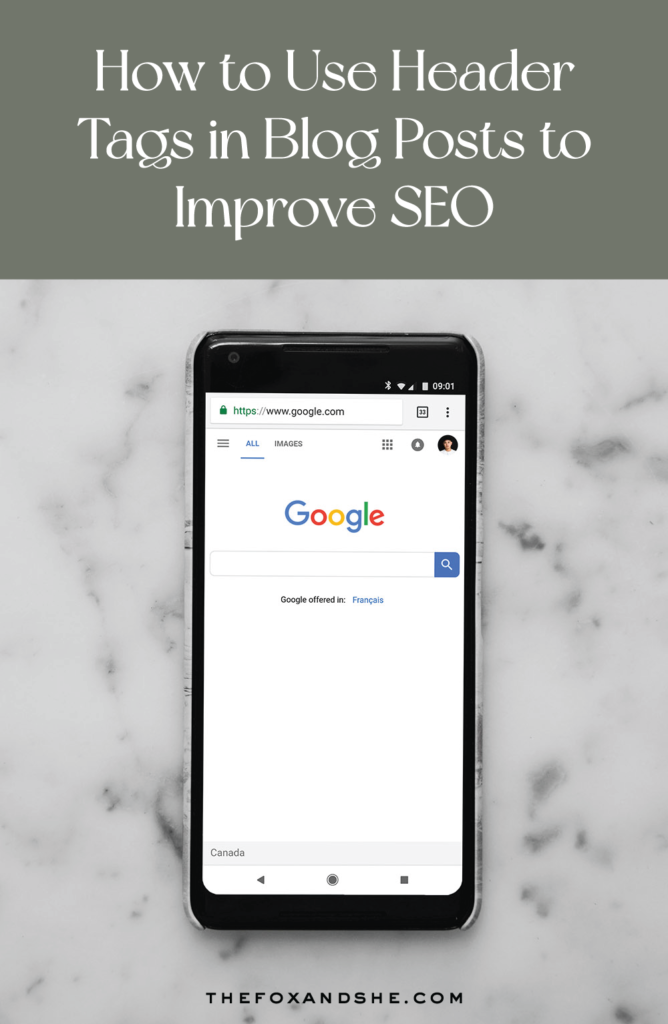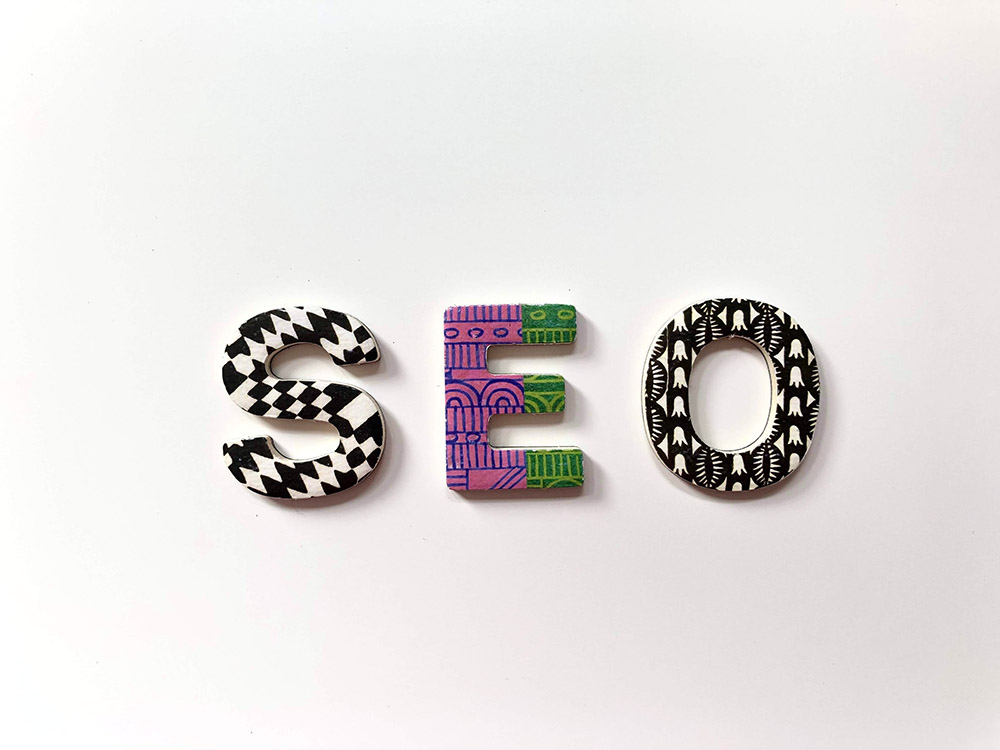If you have a blog you may have noticed the option to make your text a header, but have you used them? And if your answer is yes, are you using them correctly? Today, I wanted to show you how to use header tags in your blog posts to easily improve your search engine optimization, otherwise known as SEO.
P.S. Want to learn more about SEO? Make sure you join my free SEO training and learn how to optimize your website for SEO without wasting countless hours figuring it out yourself—save your spot here!

I know when I first started using header tags, I thought they were for one reason only—changing the text size, but later I learned that these headers, when used the right way, can actually benefit your SEO, while also making your content infinitely easier to navigate!
According to Search Engine Journal, heading tags can make it easier for your content to rank because it gives Google a strong signal about your content is all about. It’s not going to make your page rank overnight, but it’s not going to hurt either.
You’ll (now) notice that I used headers in almost every single post, and I’ll share how you can start using these in your own content to improve your post’s SEO. You can use this same strategy for your website pages as well!
How to Use Header Tags in Blog Posts the Right Way
Include Keywords in Header Text
Before we get into structuring a post, what should be in these header tags? Relevant keywords and keyword phrases, of course! Whatever your main keyword or keyword phrase is, make sure you’re using it in your post title (H1) as well as in your H2 title. You don’t want to keyword stuff, so stick to one keyword phrase that is most relevant. For example, this post you’ll see I used “how to use header tags” as my keyword phrase in both my H1 tag and my H2 tag.
Use other similar keywords and phrases in your other header tags as well.
Only Use One H1 Tag Per Page
For blog posts, your theme typically makes your blog post title an H1 tag, so you really never need to use this one within your content—it’s done for you! After doing some research, it doesn’t seem like having more than 1 is going to ruin your SEO, but it’s best practice to only use one and change any other headers to H2 or H3, based off importance.
It does seem common to have more than one H1 on a homepage where you may have lots of different sections of content, but a good rule of thumb is to not overdo it!
Use H2 to Introduce the Content
When I’m writing my posts, I usually have an intro to the post and what I’m going to talk about, maybe a little story and then I dive into the real meat of the blog post. To introduce that, I use an H2 tag. In here, I’m using that keyword phrase again to highlight exactly what this post is about.

Use H3 Tags to Break Content Up
Think of a book having chapters, it’s much easier for readers to navigate the book when there are clear beginning and ends. Use tags in the same way to break up content. Here, I’m using H3 tags to break down the different ways to use header tags to improve SEO on your blog posts.
Use Tags to Improve Readability
Have you ever landed on a blog post and briefly scrolled down to just see paragraph after paragraph after paragraph? It feels daunting to read all that, and can often turn readers away because they can’t instantly find what they are looking for.
By using header tags, you’re able to break up your content into smaller, bite-sized chunks that are easier for people to read, and also easier for them to find what they’re looking for.
This reason alone is a GREAT reason to use header tags—readers will appreciate the ease of readability and it will keep people on your page longer because it’s easy to navigate the content.
Don’t Duplicate Content in Tags
While I use the same keyword phrase in my H1 and H2 tags, I don’t use the exact same header content because it just gets a bit redundant. I switched it up a bit so it generally says the same thing, but it’s not exactly the same.
In Review
Adding header tags may make it easier for you to rank on Google, but don’t get too obsessed over which tags you’re using, it seems like using tags in general is better than not. And, most importantly, do it for your readers! Making your content easier to read keeps people on your site longer and keep them coming back for more!
Don’t forget to snag a spot in my free SEO training next week!
BTW, how to plan your week so you get stuff done, and tips for starting your own business.